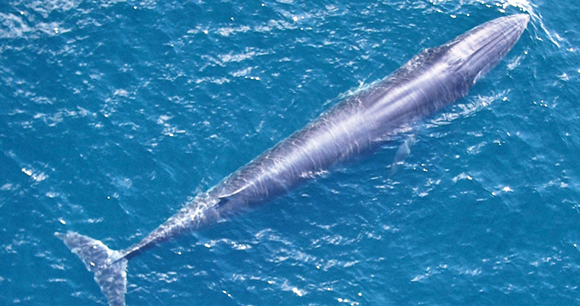The Rice’s whale was initially listed as endangered under the Endangered Species Act in 2019 as a subspecies—the Gulf of Mexico Bryde’s whale—but was reclassified as a unique species in 2021. Its primary threats include pollution, oil and gas exploration and extraction, ocean noise, entanglement in fishing gear, and vessel strikes. Though fewer than 100 remain, the National Marine Fisheries Service denied a petition in October to establish a mandatory 10-knot speed limit and other vessel-related mitigation measures to protect Rice’s whales. NMFS concluded that it first needed time to finalize the critical habitat designation, species recovery plan, and quantitative vessel risk assessment.

Unfortunately, when it comes to saving these whales, time is not a luxury we can afford. On November 15, AWI cosponsored the opening of the Smithsonian Institute’s exhibition on the Rice’s whale, which features the skeleton of a whale that stranded in Tampa in 2019. That same week, AWI staff attended the Marine Mammal Commission’s annual meeting, along with a full-day symposium aimed at raising awareness of America’s endangered whales—particularly Rice’s whales, North Atlantic right whales, and North Pacific right whales—on the 50th anniversary of the ESA.